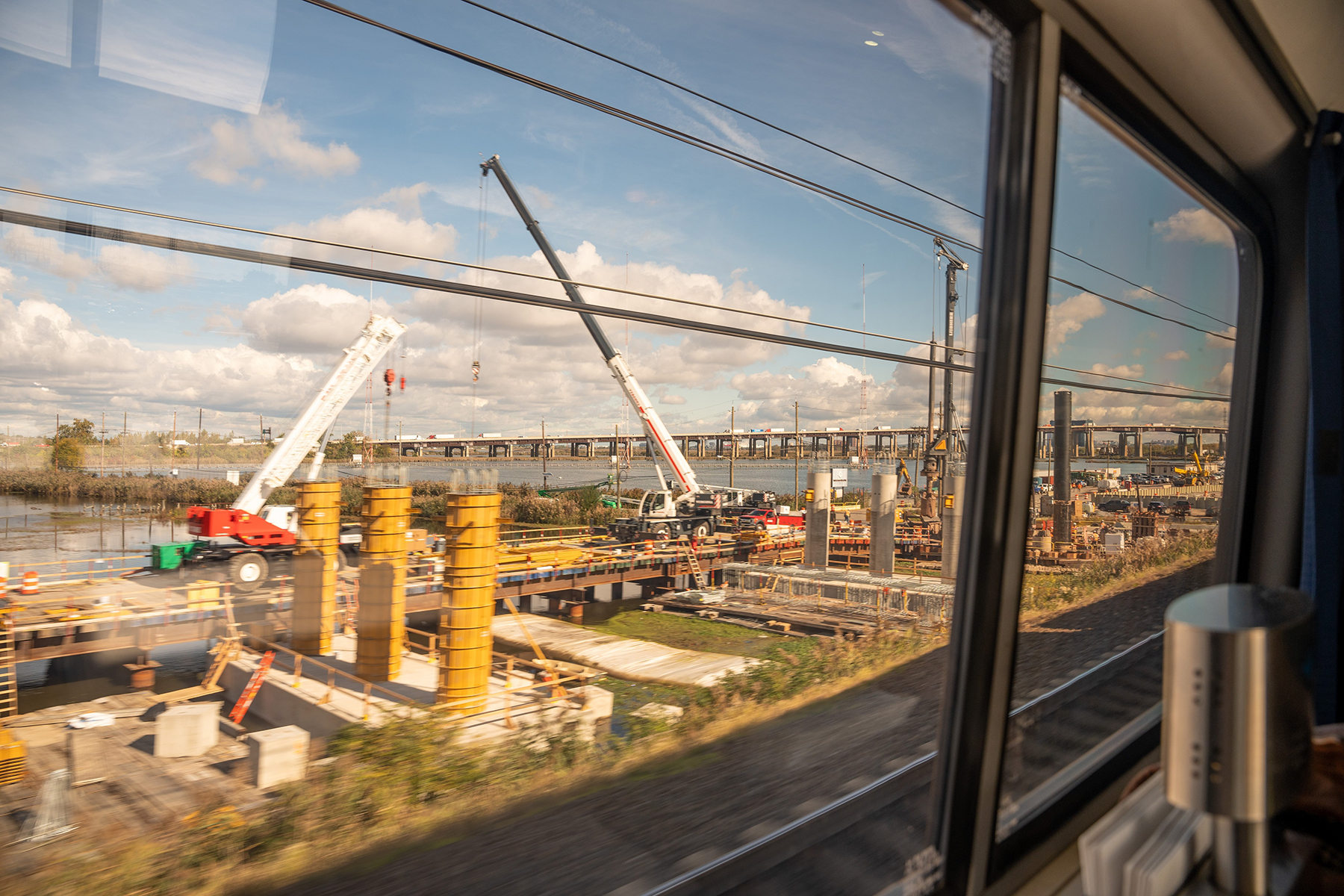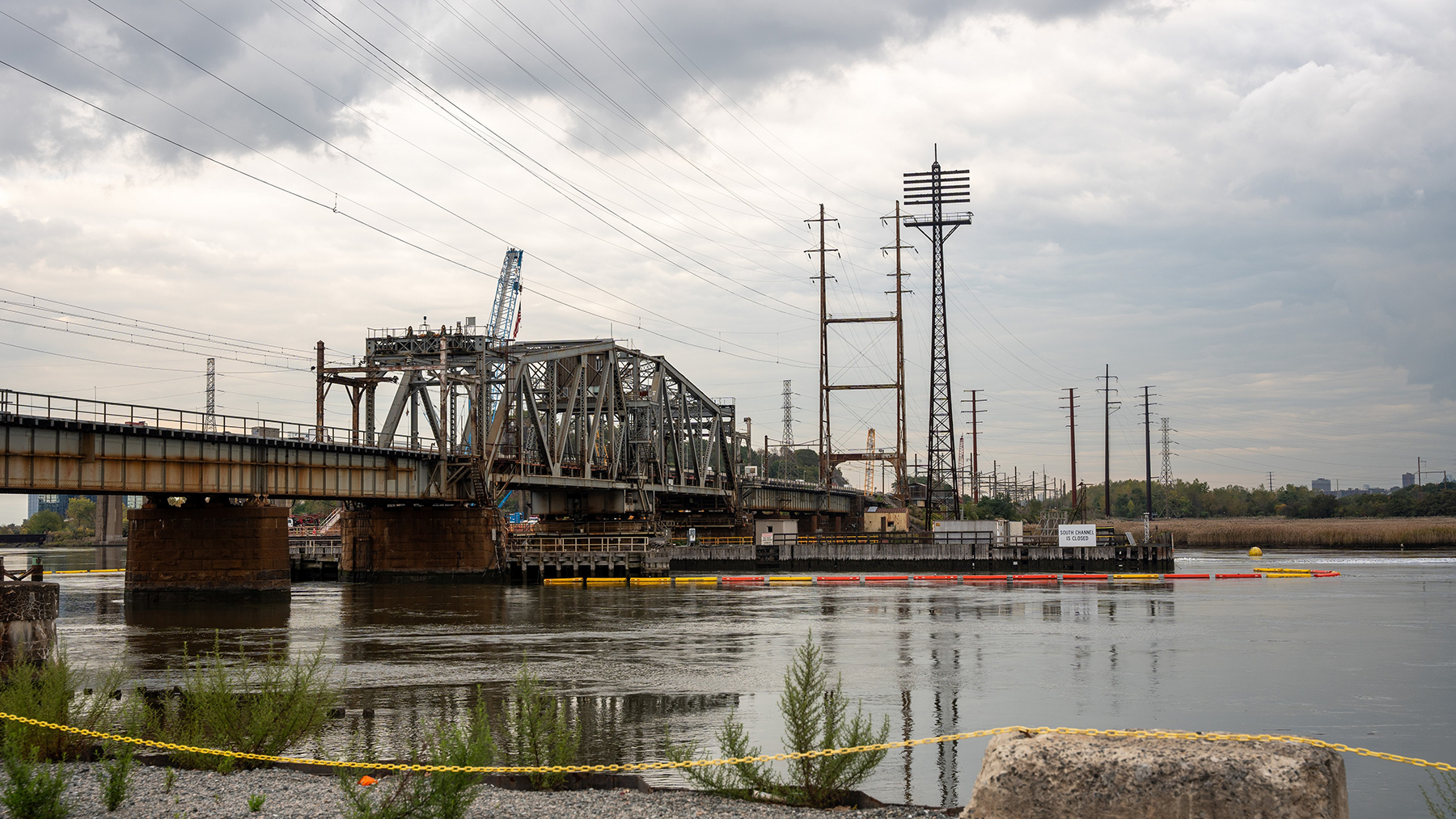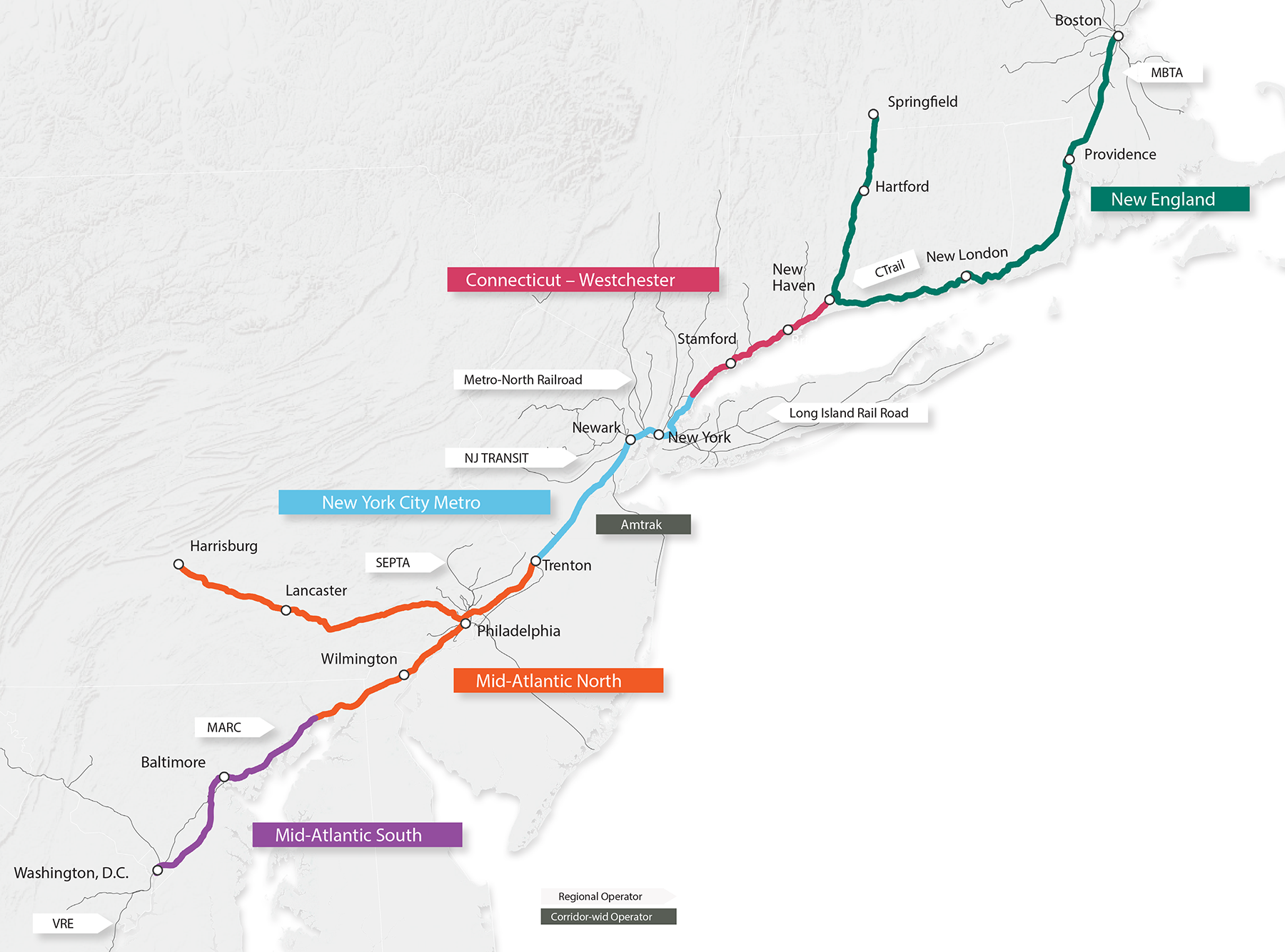By Celeste C.B. Bennett
The latest effort to improve the Northeast Corridor will follow a 15-year timeline and focus on service goals, travel trends, resource constraints, and workforce analysis.
Even though the rail sector received a B in ASCE’s 2021 Report Card for America’s Infrastructure, numerous repairs and upgrades are required to bring America’s busiest passenger rail corridor to a state of good repair. Connect NEC 2037 – the latest program from the Northeast Corridor Commission – aims to help make that happen to the benefit of the millions of people who rely on the NEC each year for commutes, appointments, and leisure activities.
The aging corridor, which spans 457 mi from Boston to Washington, D.C., and comprises critical passenger and intercity rail routes along with freight routes, will get a major boost from C37, as the program is known.

The NEC Commission, created by Congress in 2008 and consisting of officials from Amtrak, state departments of transportation, and the U.S. Department of Transportation, works to secure funding and planning for the NEC and has developed and implemented numerous infrastructure projects to upgrade the corridor.
The commission website highlights the necessity of C37: “The NEC’s most heavily trafficked bridges and tunnels are over a century old and parts of its electrical and signal systems date back to the 1930s. These aging assets are prone to failure, disrupting service and creating delays for riders.”
According to ASCE’s report card, infrastructure-related issues contribute significantly to NEC train delays – more than 300,000 train-delay minutes in 2019, which equates to roughly 700 train trips from Boston to Washington.
C37 is being implemented on the back of another program, NEC 2035, which involved detailed assessments of rail lines, required infrastructure investments, and state-of-good-repair goals, according to a November NEC news release regarding C37.
This enabled the commission to prioritize initiatives and investments for C37 projects to make them as efficient and thorough as possible. These projects will be integrated across four infrastructure owners and nine passenger rail operators.

While the commission as a body doesn’t set environmental goals for the NEC, “the plan includes environmental benefits and outcomes based on the future service and planned investments. C37 would need to be fully funded and implemented to realize the benefits,” says Meg Pursley, a public relations adviser for the NEC. “Some of our member agencies set their own environmental/emissions goals, and those priorities factor into which projects are included in the plan.”
Private investment, public benefit
These benefits will be spearheaded by Amtrak, which largely owns the NEC rail line. The goals include environmental sustainability, user reliability, and long-term efficiency so that more Americans will use Amtrak services.
“(Traveling on) Amtrak releases up to 83% less greenhouse gas emissions than traveling by car, and when you look at flying, we're about 72% less greenhouse gas emissions,” says W. Kyle Anderson, a senior public relations adviser for Amtrak. “So Amtrak is already the most sustainable option between (Boston and Washington).
“So (getting) more riders riding Amtrak and intercity passenger rail rather than driving or flying has the most immediate benefit of taking out your higher-carbon-emission travel options. And as part of that, we've got plans to reach net-zero emissions by 2045.”

Amtrak is also implementing a wider variety of carbon-free energy sources, including electric and renewable diesel fuel, and sourcing zero-carbon sources for its electricity by 2030. Anderson says all Amtrak trains between D.C. and Boston are already electric, but planners are increasing sustainability through rail design as well.
The company’s new Acela trains are lighter and faster, requiring less electricity to propel them. And they are made of lighter, slimmer materials, which will enable Amtrak to fit approximately 25% more people into these train cars.
The commission says Amtrak’s high-speed Acela trains will also reintroduce direct New York City-Philadelphia-Washington service, allowing riders to travel between New York and Washington in 2 1/2 hours. The upgrades and repairs Amtrak is conducting on its rail lines and trains will help meet the NEC’s current and growing demand for reliable rail service, one of the commission’s major challenges.
C37 funding
Funding for C37 will come extensively from the bipartisan infrastructure law, passed by Congress and signed into law by President Joe Biden on Nov. 15, 2021.
According to the NEC news release, funding for C37 will also come from the Federal Railroad Administration ($16.4 billion to 25 NEC projects through the Federal State Partnership Program), the Federal Transit Administration's Capital Investment Grant Program ($6.8 billion), and annual funding approved by Congress, which will need to extend beyond fiscal year 2026 to secure project completion.
Anderson says that over the next 10-15 years, Amtrak, too, will contribute around $40 billion of infrastructure projects in planning and development, some of which have already begun construction. The $40 billion will go entirely to projects in the Northeast and mid-Atlantic regions, according to Anderson.
The NEC says these coordinated strategies will improve the Northeast’s core rail network and highlight the inherent challenges of planning, financing, and implementing major infrastructure improvements that cross multiple jurisdictions. This means less bureaucracy, more targeted infrastructure investment, and successful improvements to rail services that serve the Northeast.
This article is published by Civil Engineering Online.



